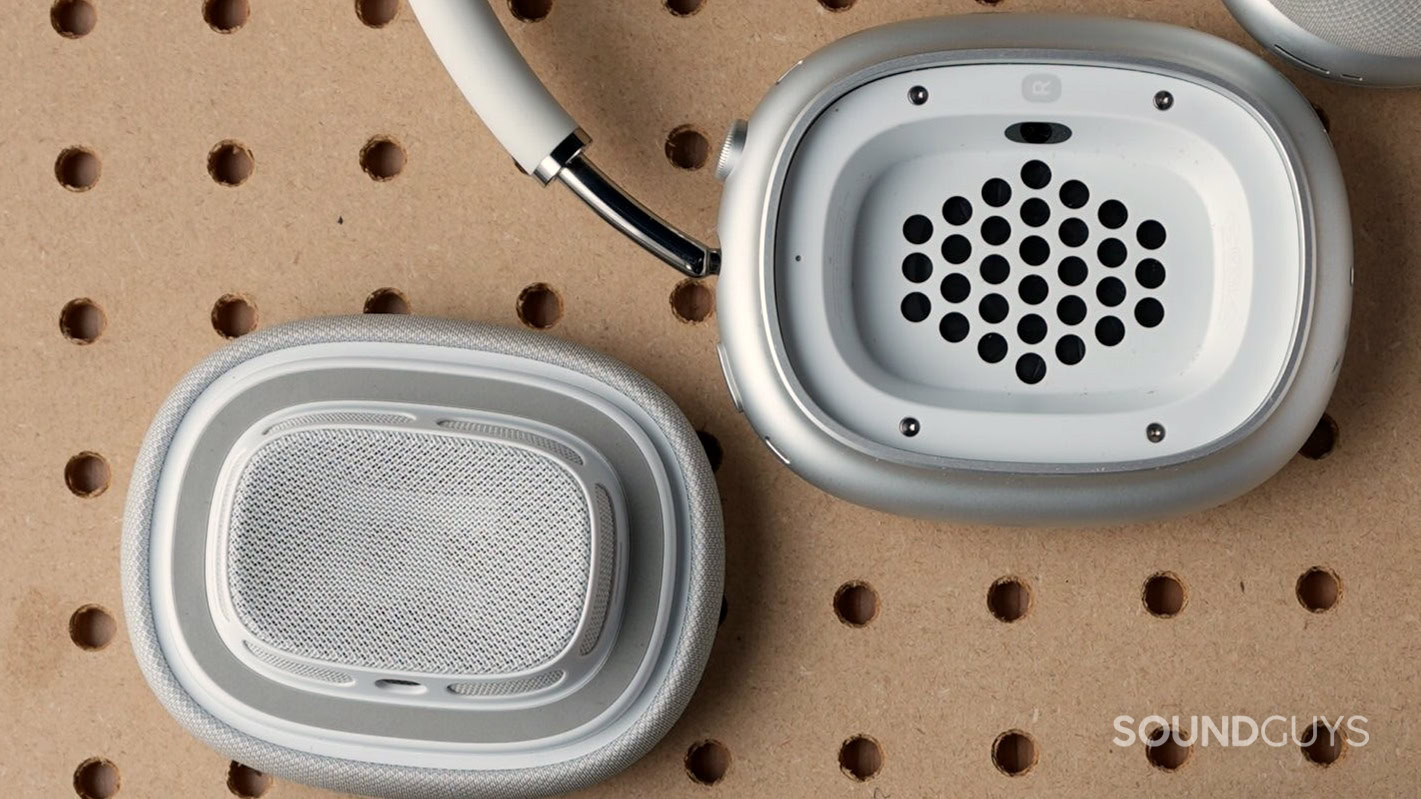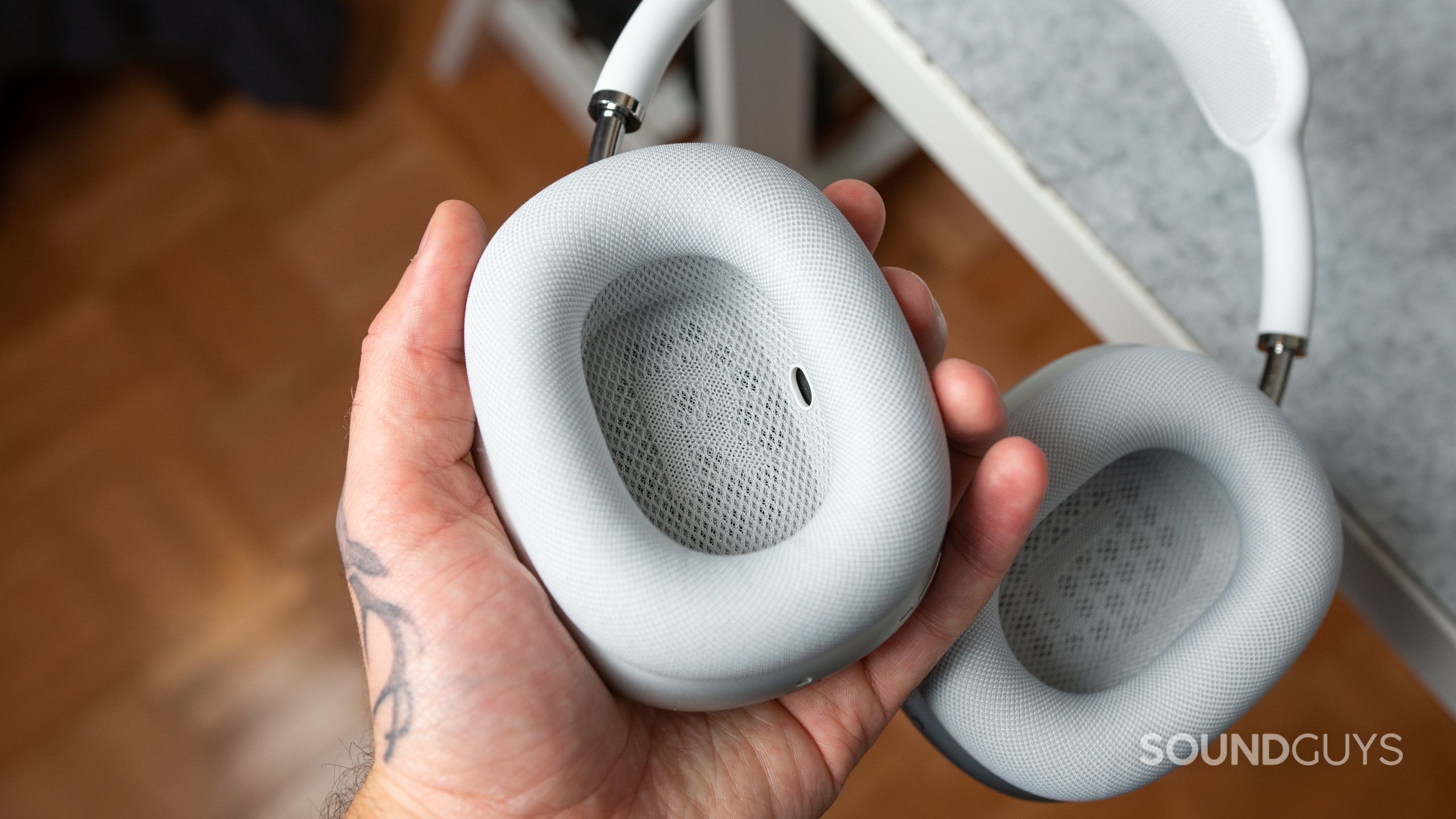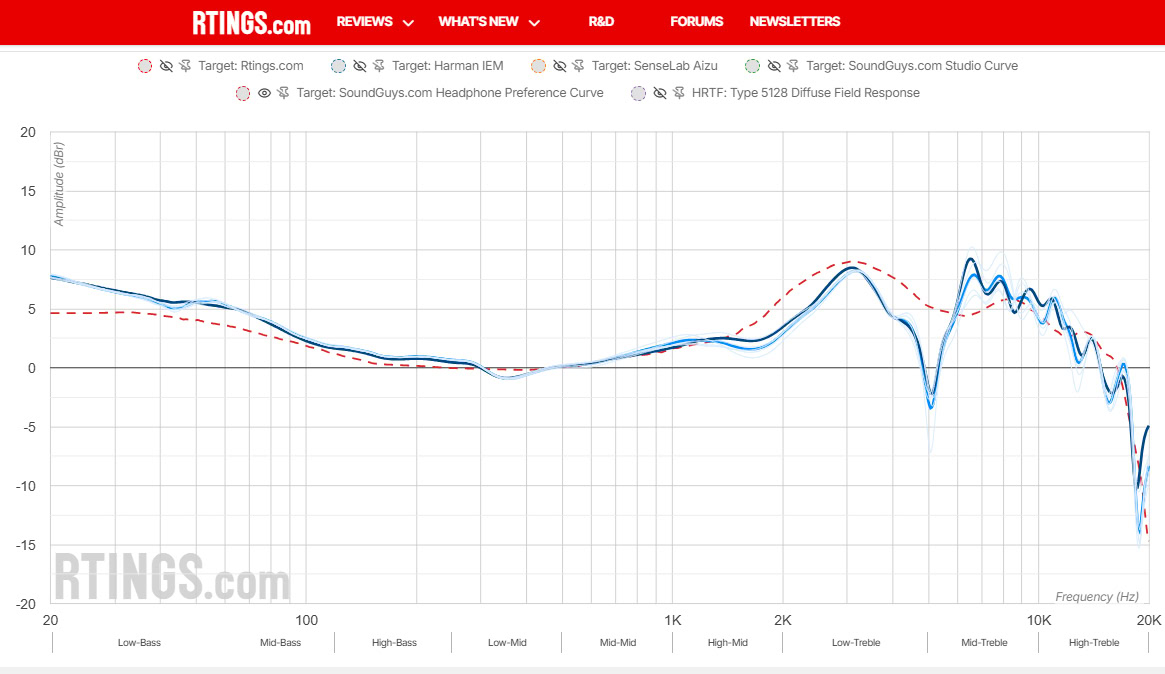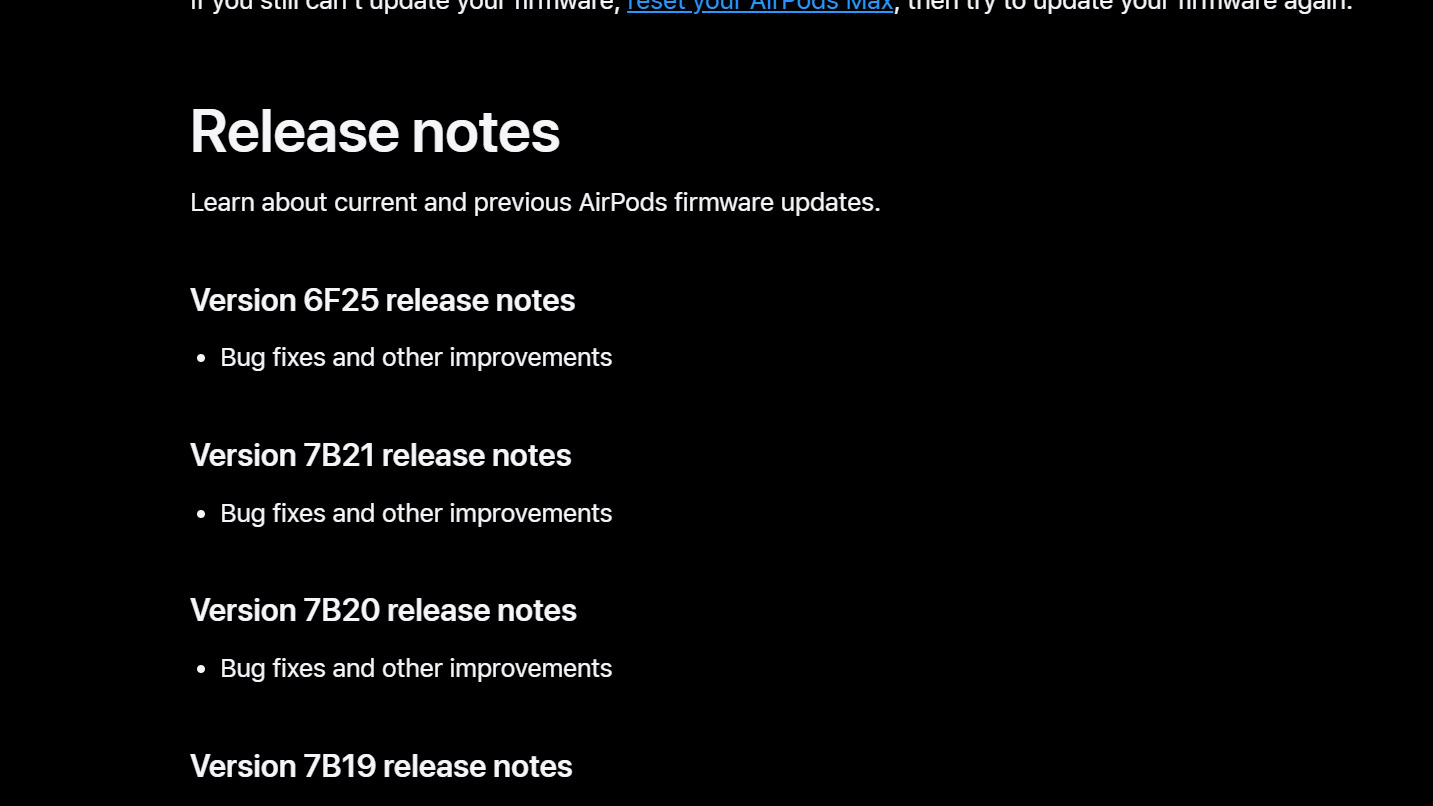All products featured are independently chosen by us. However, SoundGuys may receive a commission on orders placed through its retail links. See our ethics statement.
Did a firmware update change the AirPods Max's sound?
April 30, 2025

In a world where firmware updates can change the features of your headphones from day to day, some users out there have been worried that these updates could change how their headphones sound. But so far, this hasn’t happened on many top-tier products.
Late last year, several users noticed that we had updated our review of the Apple AirPods Max with new measurements. This caused some panic, exuberance, and confusion about whether or not a firmware update should change how your headphones sound from day to day, but it seems the answer to what really happened is simultaneously boring, and more complicated than a tuning tweak.
What happened

In December 2024, there was some speculation that an update changed the tuning of the AirPods Max after a Reddit user noticed we had updated our review’s measurements to cover a new firmware version. But after buying new units and testing out different theories over the last few months, the truth of the matter is more banal than that.
When (a change) actually happens, it’s most often the result of a fix that addressed a different issue with the headphones, causing strange behavior.” — Chris Thomas, Can a firmware update change how my headphones sound?
When a little microphone on the inside of the speaker grille detects a poor fit, the AirPods Max will automatically boost the level of the bass and 2-4 kHz to prevent the headphones from sounding bad due to a leaky fit. Sometime along the way, a bugfix update might have made this mechanism behave slightly differently than it had previously. Specifically, it could kick off the AirPods Max’s leakage compensation feature — Adaptive EQ — when it hadn’t been triggered before. Anything that alters the logic of how this feature performs would then alter the sound that reaches the ears of AirPods Max users.
Loading chart ...
We checked everything we possibly could, but it was much harder to get the “ideal” fit results we’d recorded so many times before. Even after replicating the Lorho-style “ideal” response with reduced ear gain, once a bad fit was detected, that was it: the headphones just wouldn’t go back until we re-paired them. We bought new pads, we bought new headphones, we checked other outlets’ measurements; you name it, we did it.

This is one of those times when your philosophy plays a giant role in your coverage, as you’re not always guaranteed to get measurements close to what any particular listener would experience. And in that case, how useful are these observations to people? There will be differing opinions on this — all perfectly valid — but we’re going to show both measurements in our review for completeness’ sake. Just know that you’ll probably hear the Adaptive EQ-style frequency response vastly more often than not.

On February 25, Apple released another firmware update (6F25) for the Lightning version of the AirPods Max to fix bugs. Maybe I just got lucky, or maybe it made a difference, but it was a bit easier to get that “ideal” fit measurement once again. Until Apple says something, we won’t know if something was intentionally changed, but I’ve added more context to the review anyway.
Given that talking, chewing, looking in any direction, raising your eyebrows, or any one of a number of different fit-altering acts could trigger this function, how many people were achieving the “ideal” response in the first place is unknown. It’s one of the many reasons we decided to buy our more anthropomorphically representative test head in the first place. In this particular case, it looks like what’s “typical” strays a bit from what’s “ideal.” Whether or not anyone realized it, you were likely already mainly getting the “poor seal” response.
What does this mean?
If you’re wondering what this means for you, the interested Apple AirPods Max owner: not much. Whether you’ve been getting performance tailored to a good or imperfect fit, your experience is unlikely to change daily, and you likely would have noticed if it did. The whole point of this feature is to make the headphones sound relatively similar no matter how you seat them, so if you didn’t notice a difference, that’s Apple’s mission accomplished, right? Getting the “good” fit is far more unlikely for human beings than for test fixtures, so my best advice is to simply keep listening to your music and not worry about it if there isn’t an issue. Trust your ears. If you like how your AirPods Max sound, no post-hoc viewing of a rainbow squiggle on a chart is going to change that.
My best advice is to simply keep listening to your music and not worry about it. Trust your ears.
I updated the review with a recap of what’s going on, and what you can expect with the latest firmware. Hopefully, more people will internalize the fact that a single measurement isn’t necessarily going to be what you, personally, hear. Considering that I had trouble with three different units with both worn-in and brand-new pads on a measurement fixture, and other outlets with the same test fixture came up with similar results: your human head made of meat, bone, and hair are far more likely to impact what the headphones decide to feed you. Either way, the results are fairly well-rated, and if you didn’t notice anything — there’s nothing to worry about.
Thank you for being part of our community. Read our Comment Policy before posting.